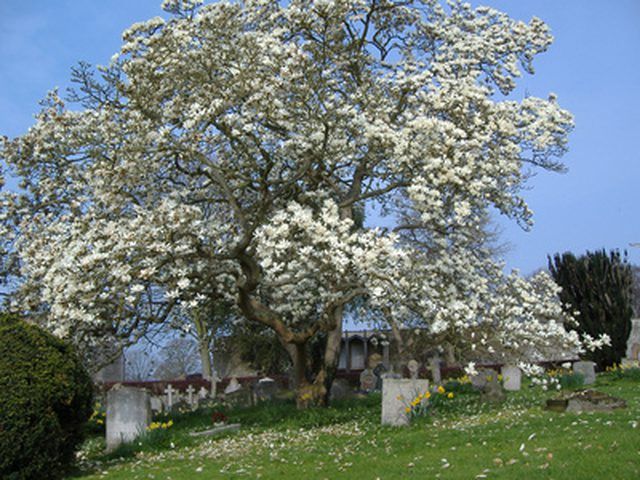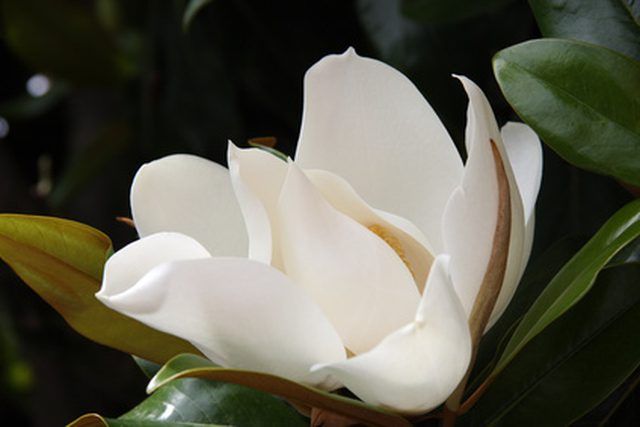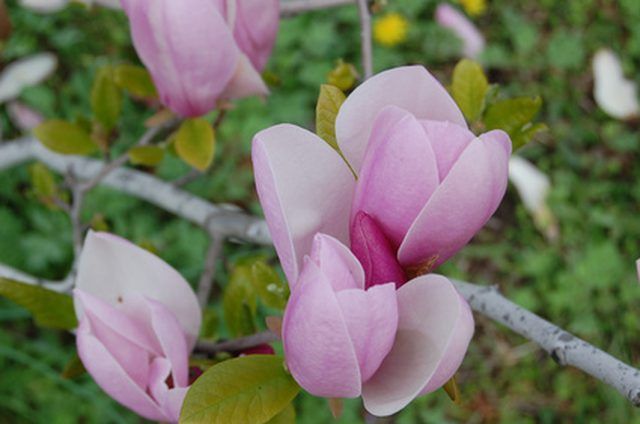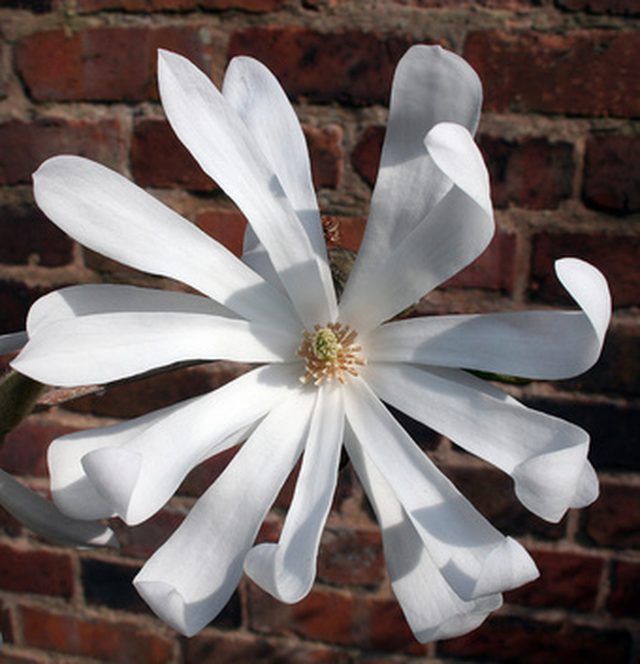Bulbs
Flower Basics
Flower Beds & Specialty Gardens
Flower Garden
Garden Furniture
Garden Gnomes
Garden Seeds
Garden Sheds
Garden Statues
Garden Tools & Supplies
Gardening Basics
Green & Organic
Groundcovers & Vines
Growing Annuals
Growing Basil
Growing Beans
Growing Berries
Growing Blueberries
Growing Cactus
Growing Corn
Growing Cotton
Growing Edibles
Growing Flowers
Growing Garlic
Growing Grapes
Growing Grass
Growing Herbs
Growing Jasmine
Growing Mint
Growing Mushrooms
Orchids
Growing Peanuts
Growing Perennials
Growing Plants
Growing Rosemary
Growing Roses
Growing Strawberries
Growing Sunflowers
Growing Thyme
Growing Tomatoes
Growing Tulips
Growing Vegetables
Herb Basics
Herb Garden
Indoor Growing
Landscaping Basics
Landscaping Patios
Landscaping Plants
Landscaping Shrubs
Landscaping Trees
Landscaping Walks & Pathways
Lawn Basics
Lawn Maintenance
Lawn Mowers
Lawn Ornaments
Lawn Planting
Lawn Tools
Outdoor Growing
Overall Landscape Planning
Pests, Weeds & Problems
Plant Basics
Rock Garden
Rose Garden
Shrubs
Soil
Specialty Gardens
Trees
Vegetable Garden
Yard Maintenance
About Magnolia Flowers
About Magnolia Flowers. Few trees are as beautiful in flower as magnolias. Native to North America and the Orient, the flowers are prized not only for their form and color but also for their fragrance. Magnolias are the official flower of Mississippi and Louisiana, as well as North Korea. The flowers contain no nectar but have lots of pollen and...

Few trees are as beautiful in flower as magnolias. Native to North America and the Orient, the flowers are prized not only for their form and color but also for their fragrance. Magnolias are the official flower of Mississippi and Louisiana, as well as North Korea. The flowers contain no nectar but have lots of pollen and are pollinated not by bees but by beetles, which depend on the protein-rich pollen for food.
Southern Magnolias
The evergreen southern magnolia (Magnolia grandiflora), or bull bay, is treasured throughout the southern United States. The creamy-white flowers are strongly fragrant and can reach 12 inches in diameter. The flowers first appear in late spring and continue throughout the summer. The flower petals are thick and substantial and are often included in bridal bouquets. The flowers are followed by large seed pods frequently used for holiday decorations.

Saucer Magnolias
Saucer magnolias (M. x soulangiana) are small, deciduous specimen trees that are seen farther north than the southern magnolia. The flowers appear before the leaves in early spring and are sometimes browned by late frosts. They have a similar cup or goblet shape as the southern magnolia but are smaller and more delicate. The petals are thinner and are often pink on the outside and white on the interior.

Star Magnolias
Star magnolias (M. stellata) are small, deciduous shrubs or trees with white, frilly flowers in late winter or early spring. They are normally the first magnolias to bloom in the U.S. The 3- to 4-inch flowers are delicate and are often ruined by late frosts. They are wonderfully fragrant.

Yellow Magnolias
For the last several decades, horticulturists have been attempting to breed yellow-flowered magnolias, mainly through crosses between the American cucumber magnolia (M. acuminata) and the Chinese yulan magnolia (M. denudata). Two varieties recommended by the U.S. National Arboretum are "Butterflies" and "Gold Finch."
Preserving Magnolia Flowers
The West Virginia Extension Service recommends preserving magnolia flowers in borax. Make a mixture of half borax and half white corn meal, then spread about an inch in the bottom of a box. Build small mounds to support the flowers, then place the blooms upside-down on the mounds. Gently sift the borax mixture all around the flowers until they are covered (stems do not need to be covered). Check progress once a week. Remove the flowers when dry and use a soft paintbrush to remove all traces of the drying mixture.
Magnolias in Other Cultures
Magnolia flowers are a traditional Oriental symbol of purity. The Naturopathy Digest notes that magnolia bark and flowers have long been used in traditional Chinese medicine to treat nasal conditions and to make a skin ointment. Don't try to treat yourself, however, as ingestion of the flowers can cause headaches and depression.